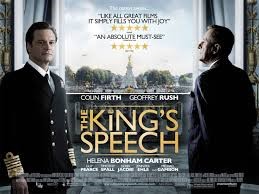Storytelling for Lawyers
An excellent primer on narrative theory for lawyer-storytellers has now appeared. I refer to Philip N. Meyer’s recently published Storytelling for Lawyers (Oxford University Press, 2014), which is available in Kindle, hardcover and paperback versions.
Meyer convincingly makes the point that much of what lawyers do is storytelling. Whether they are presenting cases in the courtroom or representing clients in contract negotiations, lawyers tell stories. Furthermore, a lawyer’s success depends to a surprising extent on his or her skills as a storyteller.
Meyer suggests lawyers’ stories are relatively straightforward and more like those in Hollywood movies than those in literary novels. However, all stories—simple or complex—include a setting, characters, a plot, a point of view, and a narrative voice. Meyer demonstrates how conscious attention to each of these components can improve a story.
I found especially interesting Meyer’s observation that careful crafting of a story’s beginning greatly improves the likelihood of a story’s conclusion being effective and convincing. He illustrates this point with insightful commentaries on the closing arguments offered by Jeremiah Donovan on behalf of Louis Failla and Gerry Spence on behalf of Karen Silkwood.
Overall, Meyer’s book is a great story about lawyers telling stories. He brings his lawyer-storytellers to life and critiques their narrative efforts with great delight. I welcomed his reminder that the best lawyers can be and are artists.

